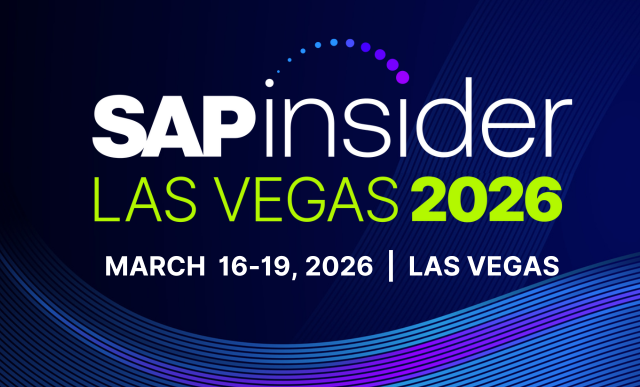Factoring GRC in SAP Digital Transformations
Meet the Authors
Key Takeaways
Assess and understand the current access governance landscape before transitioning to SAP S/4HANA to define requirements and identify limitations of existing access control solutions.
Emphasize identity and access governance by involving key stakeholders from various departments early in the planning phase to ensure alignment with digital transformation objectives and compliance requirements.
Implement robust security configurations and consider unified GRC solutions to centralize policy management and facilitate ongoing monitoring, continuous improvement, and proactive risk mitigation.
Perhaps the biggest topic in the SAP landscape is the move to SAP S/4HANA. There are numerous factors and considerations that companies are thinking about when undertaking this immense digital transformation. One of the most critical should be GRC.
To effectively manage GRC in SAP S/4HANA, companies should undertake a series of crucial steps, especially considering the move to modern, potentially cloud-centric environments, as outlined by Pathlock.
Understanding the Landscape
Among the top actions companies should take when moving to SAP S/4HANA is to assess their current access governance landscape. This involves understanding their existing SAP and non-SAP applications, their current access controls, and any limitations of their traditional SAP Access Control solutions.
Explore related questions
This assessment should identify key functionalities for each connected system, such as provisioning, de-provisioning, firefighter access, risk analysis, and user access reviews. Understanding the current state helps define the requirements for managing access in the new S/4HANA environment.
Emphasize Governance
During the planning phase of an SAP S/4HANA journey, companies must spotlight identity and access governance. This involves defining clear migration objectives and aligning them with the overall digital transformation strategy. A cross-functional project team, including IT, business, and audit representatives, should be assembled to define, manage, and execute the access management aspects of the project.
Key stakeholders from all relevant departments need to be involved early to ensure their buy-in and cooperation. Companies should also determine their compliance requirements to baseline current practices and identify necessary adjustments for the new environment.
Implement Robust Configurations
Companies should implement robust security configurations in their SAP S/4HANA environment. For cloud deployments, this often involves leveraging tools like SAP Cloud Identity Services to implement role-based access controls and multi-factor authentication (MFA). This ensures data encryption at rest and in transit as well as limiting and monitoring access to administrative accounts due to the high risk associated with inadequate identity, access, and privilege management.
Ensure GRC Solutions are Unified
To address the limitations of traditional SAP Access Control in diverse application landscapes, companies should consider unified solutions for cross-application GRC, such as the Pathlock Cloud Platform. These platforms offer centralized policy management, enabling consistent enforcement of access control and SoD policies across SAP and non-SAP systems.
They also provide cross-application risk analysis, allowing organizations to identify and manage risks that span different platforms and processes. These solutions also automate compliance reporting, reducing the need for manual documentation and streamlining audit processes.
Never Stop Improving
Ongoing monitoring and continuous improvement are essential for effective access management in SAP S/4HANA. Post go-live, companies need a defined plan for the transition of responsibility to day-to-day users and administrators, including training, standard operating procedures, and support structures.
Implementing continuous monitoring for system performance and compliance is crucial. Organizations should also establish feedback loops to identify areas for system enhancements and optimizations in their access management processes. Leveraging advanced analytics and trend tracking can help proactively identify and mitigate emerging risks.
What This Means for SAPinsiders
Lay out a roadmap for success. Organizations that find success in building out a robust GRC strategy within SAP S/4HANA typically have a planned, measured approach. Companies should take the time to lay out their objectives and challenges to ensure that they ultimately achieve success.
Involve key stakeholders throughout the process. GRC is not contained to just the GRC team. While building out a road map, companies should ensure that all leaders and relevant stakeholders are involved and can filter best practices down to their teams.
Find the right partners. SAP organizations will not be aware of every potential opportunity or obstacle for their GRC posture when moving to SAP S/4HANA. This is why finding a partner like Pathlock is essential – finding a guide who has relevant knowledge and experience can simplify and streamline essential processes.






